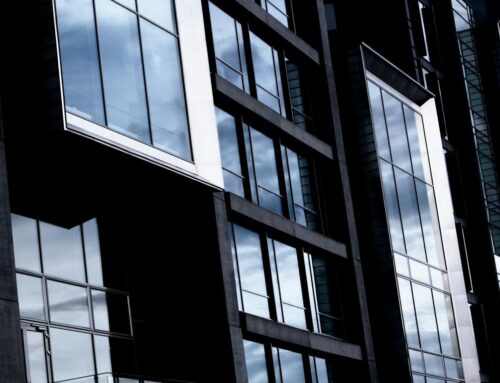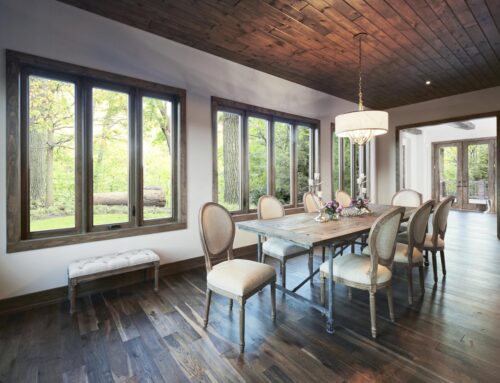Throughout the history of architectural design, windows have always played a critical role. They’re portals to the outside world, fundamental to the style and aesthetics of a building, and crucial tools to cool or warm a space as needed.
Over the last 120 years, window design has (of course) mirrored the home-building trends of the times. But it’s also adapted to technological innovations and, increasingly, to awareness of the environmental impact of our homes, offices, factories, and other structures. Today, Casa Bella Windows & Doors is proud to honour this rich history while manufacturing and supplying cutting-edge, stylish, and entirely modern windows for architects, home builders, and contractors across the GTA.
In this short piece, we’ll walk through window design over the past century, touching on how modern windows aren’t just about providing magnificent views or letting in a little light. Instead, they’re also important ways to promote energy efficiency and maintain design integrity.
The Early 20th Century
The first few decades of the 20th century saw a rapid standardization of window manufacturing; broadly speaking, this meant steel windows with a simple, industrial look. A desire for more natural light and better views led to the use of larger panes of glass and the new picture window design. Mid-century homes were often outfitted with fixed glass panels that highlighted a more seamless transition between indoor and outdoor spaces.
The 1970s
The energy crisis of the 1970s motivated designers to think of new ways that windows could improve a building’s energy consumption. Through this decade, interior design professionals produced the first dual-pane windows. These innovative constructions ensured improved insulation by trapping air between two pieces of glass.
We can see the influence of dual-pane windows of the 1970s with today’s sophisticated multi-point locking systems, seen in casement and awning windows, which provide security and contribute to a home’s thermal efficiency.
The 1980s and 1990s
In the ’80s and ’90s, we witnessed a quick shift towards conservation and a broader understanding of sustainability — by government, industry, and the public. Windows were soon (and rightfully) understood as complex systems integral to any building’s energy profile.
Low-emissivity (Low-E) glass was developed through this period; this substance reflects heat while letting light in, drastically improving energy efficiency ratings. Since then, modern window design trends have never looked the same.
Into the 2000s
The last two decades have marked the rise of far more customized window treatments. No longer confined to standard shapes and sizes, windows are now regularly customized to fit the unique aesthetics of any home. Design professionals and home builders can use our bay or bow windows, for example, to create one-of-a-kind solutions that are both functional and beautiful.
An Expanded Note on Energy Efficiency
As the 21st century marches on, the future of window design depends on blending the lessons learned in the last 100 years with ever-evolving tech. We stay at the forefront of these innovations by incorporating Health Smart™ certified components and Energy Star® rated windows, ensuring that the latest designs also contribute to healthier indoor air quality and lower carbon footprints.
In many ways, the future of window design centres on the evolution of energy-efficient windows. From dual-pane technology to advancements in frame materials and thermal break technology, home and property owners rely on windows to retain heat in the winter and cool air in the summer — reducing a home’s overall carbon footprint and ensuring savings. In turn, we rely on energy-efficient manufacturing practices, including local sourcing and recycling materials, to embody the principles of sustainability that are driving new designs.
In Conclusion
Windows have come a long way since the early 1900s. As a trusted supplier to architects, home builders, and contractors, our options are a testament to the way the past, present and future come together to ensure beautiful creations, honour the advances of the past century, and serve all present-day needs.




